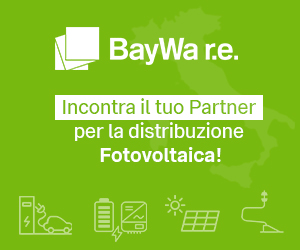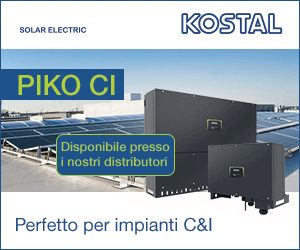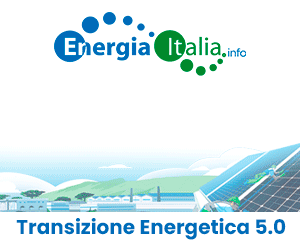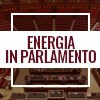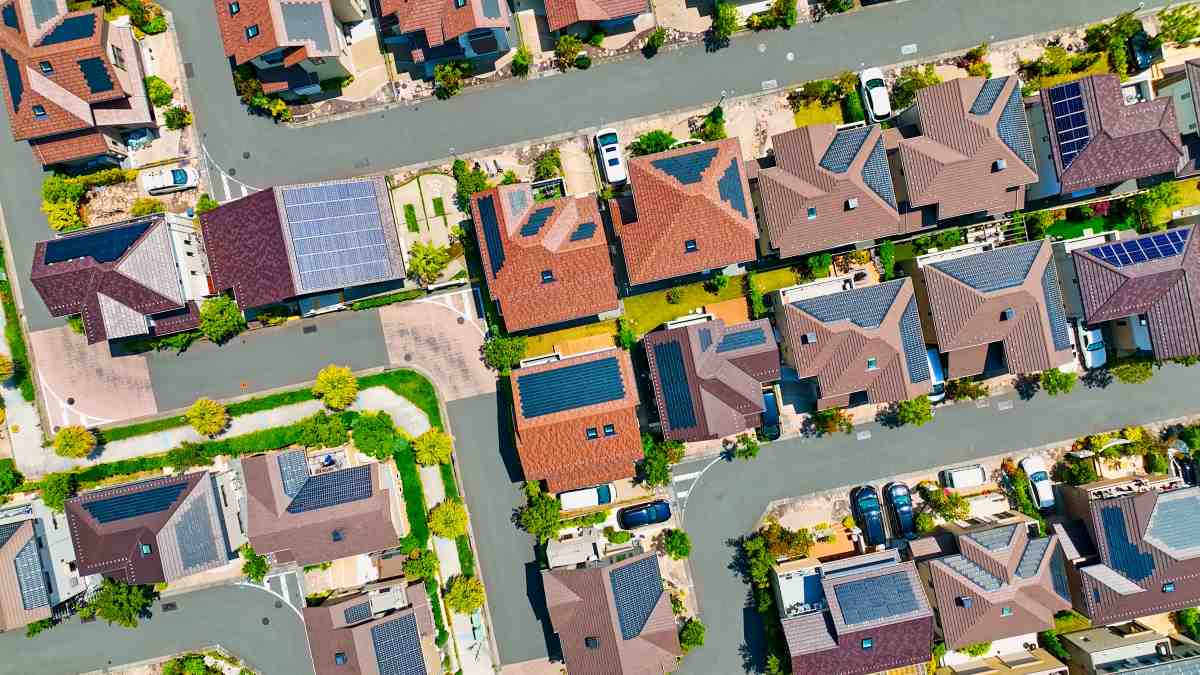Increased focus on curbing the emissions of greenhouse gases and other pollutants is fuelling the global solar power market. Coupled with favourable legislation and the need to enhance energy self-sufficiency and security, these factors will help the solar power market grow rapidly. While sale volumes are primarily concentrated in Asia-Pacific, there is a definite upward growth trend across other markets too. New analysis from Frost & Sullivan, Global Solar Power Market, finds that the market earned revenues of $59.84 billion in 2013 and estimates this to double to $137.02 billion in 2020.
Global solar photovoltaic (PV) demand in 2014 is dominated by the Asia Pacific, which will account for approximately 46 percent of annual installed solar PV capacity. China, Japan, India, and Australia will continue to be the top four countries driving regional demand. With panel prices coming down drastically, Asian manufacturers are now looking at value chain integration and technical efficiencies to differentiate their products from other suppliers in the market.
In Europe the market continues to grow. Germany was the first EU country to incentivise solar PV power with feed-in-tariffs (FiTs) in 2006. The market installed capacity has expanded rapidly and it is still the largest solar power market in the world. By 2020, Germany, France, Spain, Italy, and the United Kingdom, together, plan to install more than 75 GW of solar PV capacity. The total global installed PV capacity in 2013 was 137GW.
In Europe, the price of solar PV systems has witnessed a steeper fall owing to less FiTs and speculations on further subsidy cuts in the core solar power market. The unilateral obligation of the European Union member states to the Kyoto Protocol, which is designed to decrease emissions of greenhouse gases has also driven the solar power market in this region.
In the meantime, the United States has become a lucrative destination as the price of solar PV systems in the region has declined due to the reduction in imports from China following the imposition of anti-dumping and illegal subsidy tariffs on imports.
“The global solar power market is benefitting from various incentive schemes in the form of tradable green energy certificates, FiTs, subsidies, and tax rebates for the use of renewable energy for power generation,” said Frost & Sullivan Energy & Environmental Industry Analyst Pritil Gunjan. “However, these incentive schemes continue to be very heterogeneous, making solar PV penetration rates vary widely based on local and regional policies.”
As such, policy decisions will drive the market during the forecast period. Environmental policies and upgrades/modifications of the electricity grid, in particular, will have a heavy influence on electricity prices for final consumers and determine the extent of solar power uptake.
The potential of the solar power market has been reined in by the high installation and maintenance costs of solar PV systems. Along with the intermittent supply of solar power and the low return on investment of solar PV systems, the availability of less expensive renewable energy technologies such as wind and bioenergy also challenge the market. As banks have been funding projects related to these proven technologies, solar power suppliers are facing increasing competitive pressures. In addition, the strong reliance on government support has impeded market development in some cases involving the withdrawal of subsidies or incentives.
“Drafting strict clean energy regulations and offering adequate subsidies to the renewable energy sector will be essential,” noted Gunjan. “Equally important will be maintaining clarity in the incentive guidelines for solar power so that project developers, investors and customers are not misled and can make proper investment decisions.”



.jpg)

